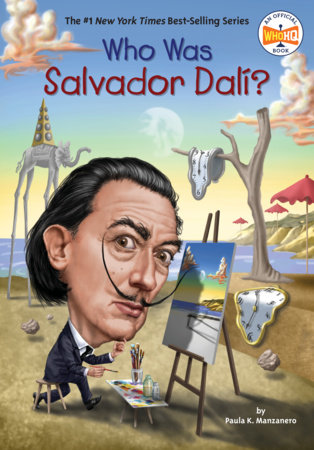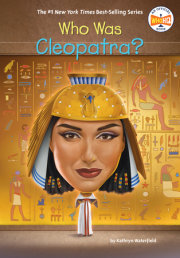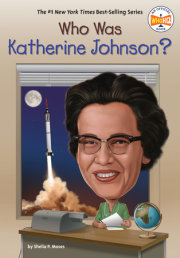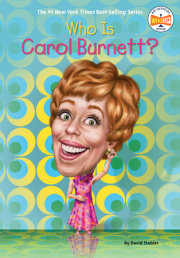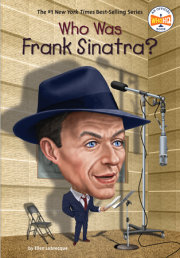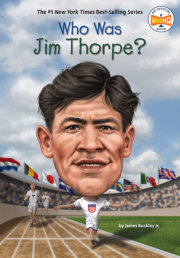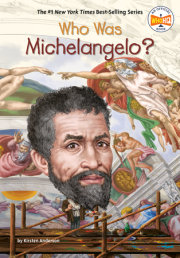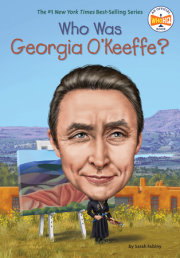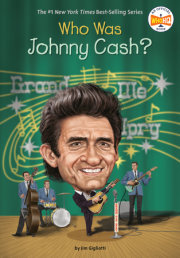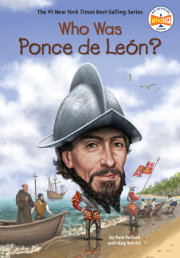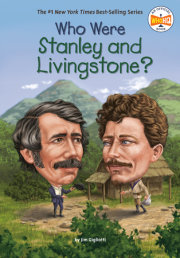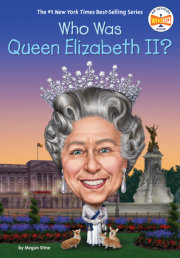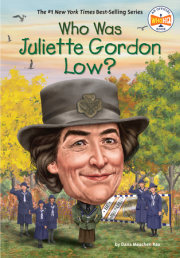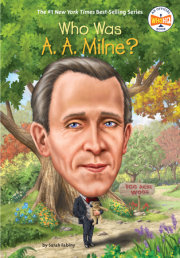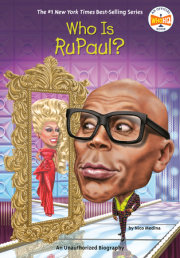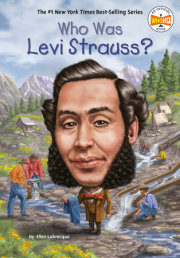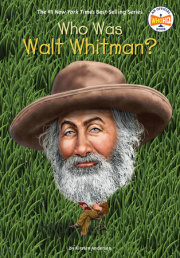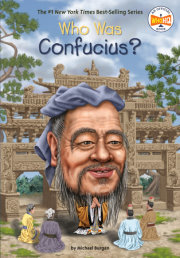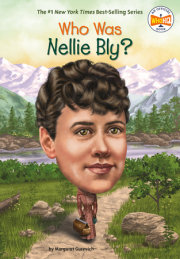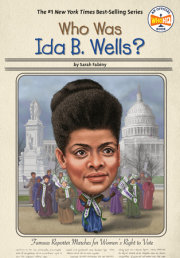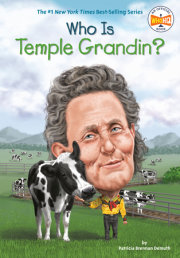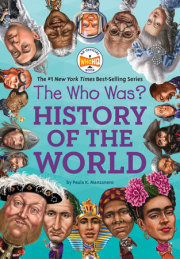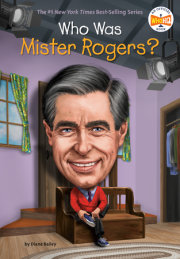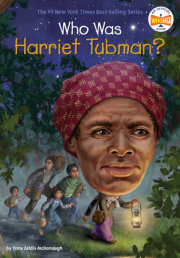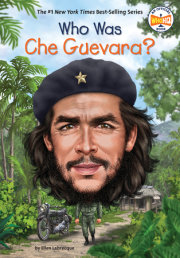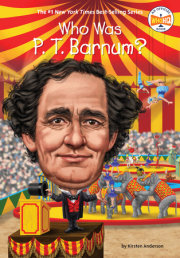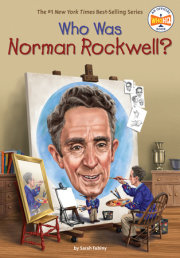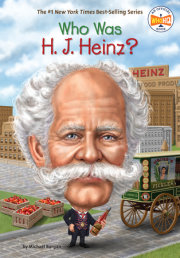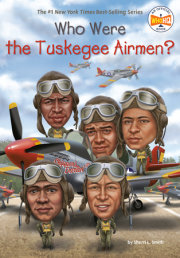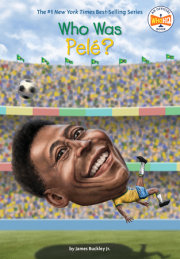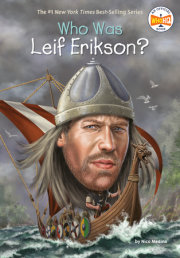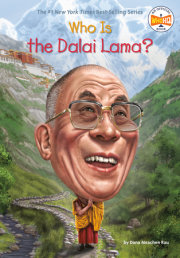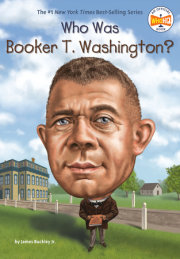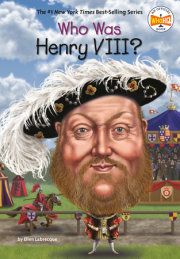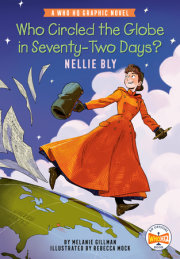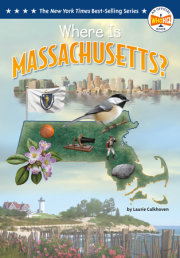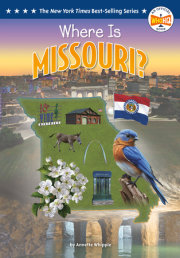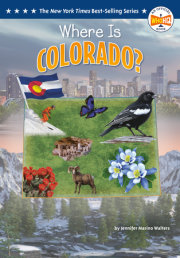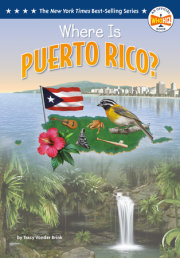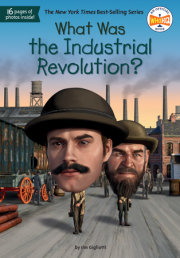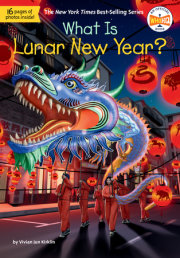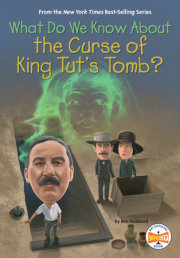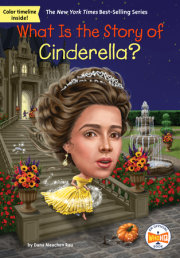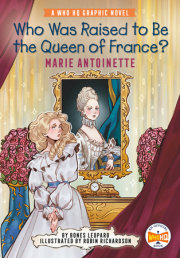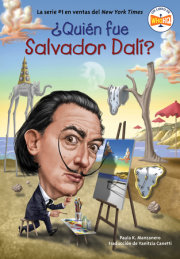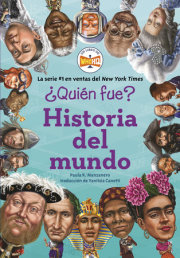Who Was Salvador Dalí? A well-dressed man with a cane walks up the stairs of the Paris Metro (the underground subway). His hair is windblown, and his mustache is combed just right. As he stares directly into a photographer’s camera, a group of Parisians stop to look at him. Or, more accurately, at the large, hairy anteater he is walking at the end of a rope.
Salvador Dalí was already a celebrity when the photo of him was taken in 1969. He was a world-famous painter who was known for using an image of one thing to stand in for something else. This is called symbolism. He was also famous for his unique way of life and his mustache, which he wore thin and styled so that each of the outer tips pointed upward on either side of his nose. Salvador had a friend he had nicknamed “the anteater.” Maybe he was creating a tribute to his friend by walking a real anteater? Or maybe he was just being himself.
As a boy, he had been determined to prove he was different. And over the course of his long life, he demonstrated how special he was in every way he could think of. He became a painter, a filmmaker, a writer, a sculptor, and more.
And it turns out that the photographer didn’t catch the appearance of a man in a suit with an unexpected animal on a busy city street by accident. This unusual scene was actually planned well in advance. Like social media influencers today, Salvador knew how to set up the right shot at the right angle at the right time. He knew how to get people talking about him and his art. And he loved shocking people.
Salvador was one of the most famous and distinctive artists of the twentieth century. Like his art, his personality was exciting and bold. He enjoyed it when people questioned his unusual style. He wanted them to realize that some works of art, just like some people, require a closer look.
Chapter 1: A Life in Spain Salvador Dalí, whose full name was Salvador Felipe Jacinto Dalí y Domènech, was born on May 11, 1904, in the town of Figueres (say: fee-GER-es), Spain. The town sits in the northeast corner of the country, in Catalonia, close to the French border. His mother was named Felipa Domènech i Ferrés. His father, Salvador Dalí Cusi, was a lawyer who could sometimes be very strict. The family, which included Salvador’s grandmother as well as his aunt Catalina, spoke the Catalan language.
Just nine months before Salvador was born, his older brother, who had also been named Salvador, had died of a stomach flu or infection just before his second birthday. The second Salvador was given his brother’s clothes to wear and his toys to play with. In some ways, his parents treated him like another version of their firstborn son, who was no longer with them.
When Salvador was three years old, his sister, Anna Maria, was born. A year later, he started school. By the time Salvador was six, his parents had moved him to a private school, and he also took classes in French, the language he would use throughout most of his adult life.
But Salvador was never very interested in school and wished he could spend his time drawing. While in class, he often stared out the window or up at the ceiling and daydreamed. He looked at the clouds or the cracks in the paint in the classroom and found hidden shapes and imagined details that were much more appealing to him than his lessons.
His mother encouraged her son’s interest in art from a very early age. Her grandfather had been an artistic man who crafted beautiful hair combs, fans, and walking sticks. And she saw some of that creativity in her own son.
Unlike the other students in his class, Salvador wore blue sailor suits to school and shoes with silver buttons. He sometimes even carried a small cane! Now that he was older, he liked to dress up and look fancy. It was important to him that he would never be compared to, or mistaken for, the firstborn Salvador. He didn’t mind being different or standing out, as long as he could be himself.
In 1912, when he was eight, the family moved to a house that was big enough for Salvador to set up his own art studio in an old laundry room in the attic. It was here that—in addition to drawing—Salvador began practicing winking and smiling. He said to himself, “Salvador Dalí! You know it now! If you play at being a genius, you’ll become one!” Even at this age, his father saw how creative the young daydreamer was. He said, “I have a son who pays not the slightest heed to reality.” His father worried that Salvador would grow up to be an artist rather than something more respectable, like a teacher or a lawyer.
Around this time, Salvador painted his first landscape (an image of outdoor scenery) of the town of Figueres using oil paint on a piece of cardboard. This painting, called
Landscape, shows cypress trees, red rooftops, and birds in the sky. Salvador’s early images were of his hometown and the fishing village of Cadaqués (say: ka-da-KES), where his family spent their summer vacations. Salvador loved the rocky coastline and the boats docked in the port of Cadaqués.
In Cadaqués, Salvador found his first mentor in family friend Ramon Pichot. (A mentor is someone with skills and experience in a certain subject who trains or advises another person.) Pichot was a painter who worked in the impressionist style, developed in France during the second half of the nineteenth century. The impressionist painters used a broad and rapid style, with brushstrokes that are easily seen and colors that are often bright. They tried to capture the impression—or feeling—of a moment in time rather than a realistic image of their subjects. Ramon Pichot assured Salvador’s father that art was the right path for his talented son.
At age twelve, Salvador attended the Figueres Institute, which was like an American high school, intended to prepare him for a future career. His father also enrolled him at the Municipal Drawing School. There, Salvador took drawing lessons from Juan Nuñez Fernandez, who saw how talented Salvador was. He thought the young boy could become a successful painter. And that was the only thing Salvador had ever wanted to do. Now his entire family believed in his talent and his dream. Just one year later, in 1917, Salvador’s father organized a show of his drawings at their home.
Copyright © 2023 by Penguin Random House LLC. All rights reserved. No part of this excerpt may be reproduced or reprinted without permission in writing from the publisher.





